Château Lagrange Les Tours
Château Lagrange (Pomerol)
Pomerol Red Bordeaux Blend 2005
Really nicely integrated. Lead pencil and a light touch of cedar. Boisenberry and black currant. — 6 years ago
Jarvis Winery
Estate Grown Cave Fermented Napa Valley Merlot 2011
Been too long since enjoying one of my favorite Napa Valley merlots. Jarvis has one of the most impressive winery tours I’ve ever been a part of (so much so that we’ve been 3 times) and the wines are all so incredibly unique and expressive.
I’ve tasted ‘10, ‘11, ‘12 and ‘13 vintage Merlots and am always surprised at how well the ‘11 shows. The nose highlights the vintage with some green notes, but there is a dirty and spicy kick to it that livens it up. Potpourri and dusty blackberry round it out. Absolutely impeccable texture and balance from start to finish...drinking perfectly at 7-years old. Black cherry, dark chocolate, cassis, violet, muddled rhubarb. Another ‘11 wine that struts its stuff well. — 7 years ago
Château Brane-Cantenac
Grand Cru Classé en 1855 Margaux Red Bordeaux Blend 2005
I have a six-pack of this 05. I thought after 10 years in bottle, it would be interesting to check in on its evolution. While tasty, I’ll wait another 8-10 to open another. Even after 2-3 hours in the decanter, it’s still a very young adolescent. On the nose, slightly sour blackberries & dark cherries, dark currants, baked black plum, haunting blue fruits, anise, whiff of spice, steeped tea, dry stones, dry crushed rocks with dry top soil, caramel, vanilla with fresh & dry red florals. The body is thick & full. Tannins are starting to round out. It’s velvety on the palate. The fruits are; bright, fresh & ripe and really show the greatness of the 05 vintage. Dark currants, blackberries, dark cherries, baked black plum, haunting blue fruits, baked strawberries, cherries, raspberries on the long set, dark spice, clay & loamy dry top soil with crushed rocks, dry stones, cigar with ash, graphite, dry stems, slight herbaceous character, mint, used leather, clove, caramel, vanilla, fresh & dry red florals with violets. The round acidity is about perfect. The structure and length are still strong. The balance is in harmony. As for the long finish, it’s lush, ruby, rich and well polished. Photos of; Chateau Brane Cantenac, large wood vats, Henri Lurton and Estate vines. Producer notes and history...Chateau Brane Cantenac began in the early 17th century. At the time, the estate was known as Domaine Guilhem Hosten. Even that far back, wine was produced from the property. In fact, the wine was so highly regarded it was one of the more expensive wines in Bordeaux. It sold for almost as much money as Brane Mouton. This is interesting because of who went on to buy the vineyard in the 1800’s. The Baron of Brane, also known as “Napoleon of the Vineyards”, purchased the Chateau in 1833. At the time of the sale, the estate was called Chateau Gorce-Guy. To get the funds needed to purchase the Margaux vineyard, the Baron sold what is now called Mouton Rothschild, which was at the time of the sale, known as Chateau Brane-Mouton. Not such a good move with hundreds of years in hindsight! In 1838, the Baron renamed property taking his name and the name of the sector where the vineyards were located and called it Chateau Brane Cantenac. The Chateau later passed to the Roy family, who were well-known in the Margaux appellation in those days, as they owned Chateau d’issan. Moving ahead to 1920, the Societe des Grands Crus de France, a group of merchants and growers that owned several chateaux located in the Medoc including; Chateau Margaux, Chateau Giscours, and Chateau Lagrange in St. Julien, purchased Chateau Brane Cantenac. Five years later, M. Recapet and his son-in-law, François Lurton, took over Brane Cantenac along with Chateau Margaux. Lucien Lurton (the son of François Lurton) inherited Brane Cantenac in 1956. Today, the estate is still in the hands of the Lurton family. Brane Cantenac is owned and run by Henri Lurton. After being given the responsibility of managing Brane Cantenac, it was under the direction of Henri Lurton that large portions of the vineyard were replanted. Vine densities were increased, the drainage systems were improved and the plantings were also, slowly changed. The vineyard of Brane Cantenac is planted to 55% Cabernet Sauvignon, 40% Merlot, 4.5% Cabernet Franc and .5% Carmenere. Carmenere was used for the first time in the 2011 vintage. The only other Chateau I know that still uses Carmenere is Clerc Milon. The 75 hectare Left Bank vineyard of Brane Cantenac is essentially unchanged since it earned Second Growth status in the 1855 Classification. At least that is the case with the 45 hectares used to produce the Grand Vin of Brane Cantenac. Those 45 hectares are planted surrounding the Chateau. Those vines are located just in front of the Cantenac plateau and are the best terroir that Brane Cantenac owns. They have other parcels, which are further inland and much of those grapes are placed into their second wine, Le Baron de Brane. Those additional hectares can be divided into 3 main sections. Behind the Chateau, they have 15 hectares of vines on gravel and sand, 10 hectares across the road with sand, gravel and iron and a 13 hectare parcel with gravel called Notton, which is used for their second wine. The vineyard is planted to a vine density that ranges from 6,666 vines per hectare on the plateau and up to 8,000 vines per hectare for the vines located behind chateau, in their sandier soils. The higher levels of vine density are always found in the newer plantings. The terroir of Brane Cantenac consists of deep gravel, sand and clay soil. Experiments in the vineyards are currently looking at becoming more organic in their vineyard management. Today, more than 25% of Brane Cantenac is farmed using organic farming techniques. It is expected that over time, the amount of hectares farmed with organic methods will be increased. Brane Cantenac has gone through 2 relatively recent modernization’s in 1999, when they added began adding the first of their smaller vats to allow for parcel by parcel vinification and then again in 2015 when they completed a much more complete renovation of their cellars and vat rooms. While Brane Cantenac is a traditional producer, they are no stranger to technology as they were one of the first estates to embrace optical grape sorting machines. In very wet vintages, they can also use reverse osmosis. To produce the wine of Chateau Brane Cantenac, the wine is vinified in a combination of temperature controlled, traditional, 22 oak vats, 18 concrete tanks and 20 stainless steel vats that vary in size from 40 hectoliters all the way up to 200 hectoliters, which allows for parcel by parcel vinification. 40% of the fermentation takes place in the oak vats. The oldest vines are vinified in vats that are selected to allow for separate parcel by parcel vinification. The younger vines are vinified more often together in the same vats. However, the Carmenere is entirely micro-vinified, meaning that those grapes were completely vinified in barrel, using micro-vinification techniques. This can also happen because the amount of grapes produced is so small. Some vats can be co-inoculated, meaning they go through alcoholic fermentation and malolactic fermentation simultaneously. At Chateau Brane Cantenac, malolactic fermentation takes place in a combination of French oak tanks and barrels. The wine of Brane Cantenac is aged in an average of 60% new, French oak barrels for 18 months before bottling. The initial 2 months of aging is done with the wine on its lees, which adds more depth to the wine. There second wine is Le Baron de Brane. Le Baron de Brane is not new. In fact, previously, the second wine went under the name of Chateau Notton, which took its name from one of the main parcels where the grapes were planted. During the late 1950’s and into the 1960’s, having a second wine was important as the estate declassified 3 vintages, due to extremely poor, weather conditions in 1956, 1960 and 1963. Production of Chateau Brane Cantenac is about 11,000 cases per year. — 8 years ago

Baron Patrick de Ladoucette
Les Deux Tours Sauvignon Blanc 2011
Great again from Loire region. — 11 years ago
Château Les Tours Seguy
Côtes de Bourg Red Bordeaux Blend 2000
Delish. Just open, smells like the rind on goat cheese. — 12 years ago
Laurent-Perrier
Brut Champagne Blend
Richer style. Like a hug. Very brioche nose. Body and faint sweetness make this suitable for heavier foods or dessert. An aperitif not so much. — 5 years ago
Les Tours de Belcier
Saint-Emilion Red Bordeaux Blend 2015
Bold as heck. — 7 years ago
Taittinger
Comtes de Champagne Grand Crus Brut Blanc de Blancs 2006

Domaine des Tours
Vin de Pays de Vaucluse Merlot 2010
Ouuhhhhhhhhh nez et bouche ++
Je me demande même si je le préfère pas à leur Vacqueyras — 8 years ago
Château Lagrange-Monbadon
Côtes de Castillon Red Bordeaux Blend 2009
Nice wine for the price — 8 years ago
Les Tours de Pierreux
Brouilly Gamay 2015
Mont Brouilly's rich rouge. I taste dry rosebud flowers and red currants. Tasty and moderate body. Quite tannic — 9 years ago
Domaine Jean-François Quénard
Au Pied des Tours Vin de Savoie Chignin-Bergeron Roussanne
2015 vintage
A Argenton Oct 2016 — 9 years ago
Château des Tours
Vacqueyras Red Rhône Blend 2008
Genial!!! Pamplemousse, agrumes a l'ouverture puis 2 heures plus tard petit fruit rouge, liqueur de fraise. Très peu de traces d'évolution. Grande longueur. Top! 👍 — 10 years ago
Lamiable
Tours-sur-Marne Grand Cru Extra Brut Champagne
Fruity and dry — 10 years ago
Château des Tours
Côtes du Rhône Red Rhone Blend
Extraordinarily delicious Côtes du Rhône. Elegant yet powerful. #2010 #rhone #cotesdurhone #frenchwine — 11 years ago
Château des Tours
Réserve Côtes du Rhône White Rhone Blend 2012
Fresh grape, hay, anise, white flowers and a touch of peach, this is a very flowery nose, full of promise and intriguing. The palate is very dense: wide, long with a grip, a soft touch, a bit of a round thing in mid palate. Peach and and anise all along the acid backbone. A very long finish with a bit of peach and some freshness. In the end there is an everlasting layer of anise and hay. This is very good! — 6 years ago
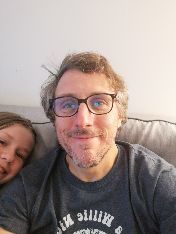
Château Branaire (Duluc-Ducru)
St. Julien- Beychevelle Red Bordeaux Blend 2008
Oak. Ample aroma overflowing out from my glass, black currant. Leather, spicy, enough concentration with ripen black fruits. This is near Tarbot, far from Lagrange. @800/100ml(4000), T Enoteca, 190310 — 7 years ago
Château Prieuré-Les-Tours
Graves Red Bordeaux Blend 2012
This is way better than expected. — 8 years ago
Justin Dutraive
Les Tours Beaujolais Villages Gamay 2016
Very juicy red fruit. Incredible bouquet. — 8 years ago
Jean François Mérieau
Cent Visages Malbec
Tours France @ le marche gourmand — 8 years ago
Château Haut Lagrange
Pessac-Léognan Red Bordeaux Blend
A very serious Bordeaux, a very balanced blend. Dark cherry and plum aromas, nice structure and body. Will improve more with time. — 10 years ago
Château Des Trois Tours
Red Bordeaux Blend 2011
Molded autumn leaves. Nose:fruity — 11 years ago
Château Peybonhomme-les Tours
Cru de Prestige Côtes de Blaye Red Bordeaux Blend 2012
2012. Not fruity which I love. Lots of tannins. Bold. — 11 years ago
Domaine La Hitaire
Les Tours Gascogne Ugni Blanc Blend 2013
Lemony, sour, tasty — 11 years ago
Dulong
Marquise des Tours Monbazillac White Bordeaux Blend 2009
Sweet French white! — 13 years ago
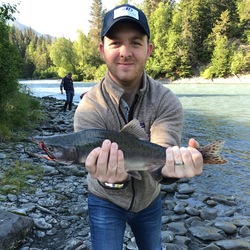



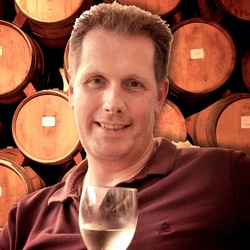


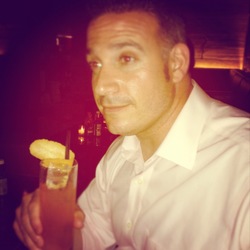








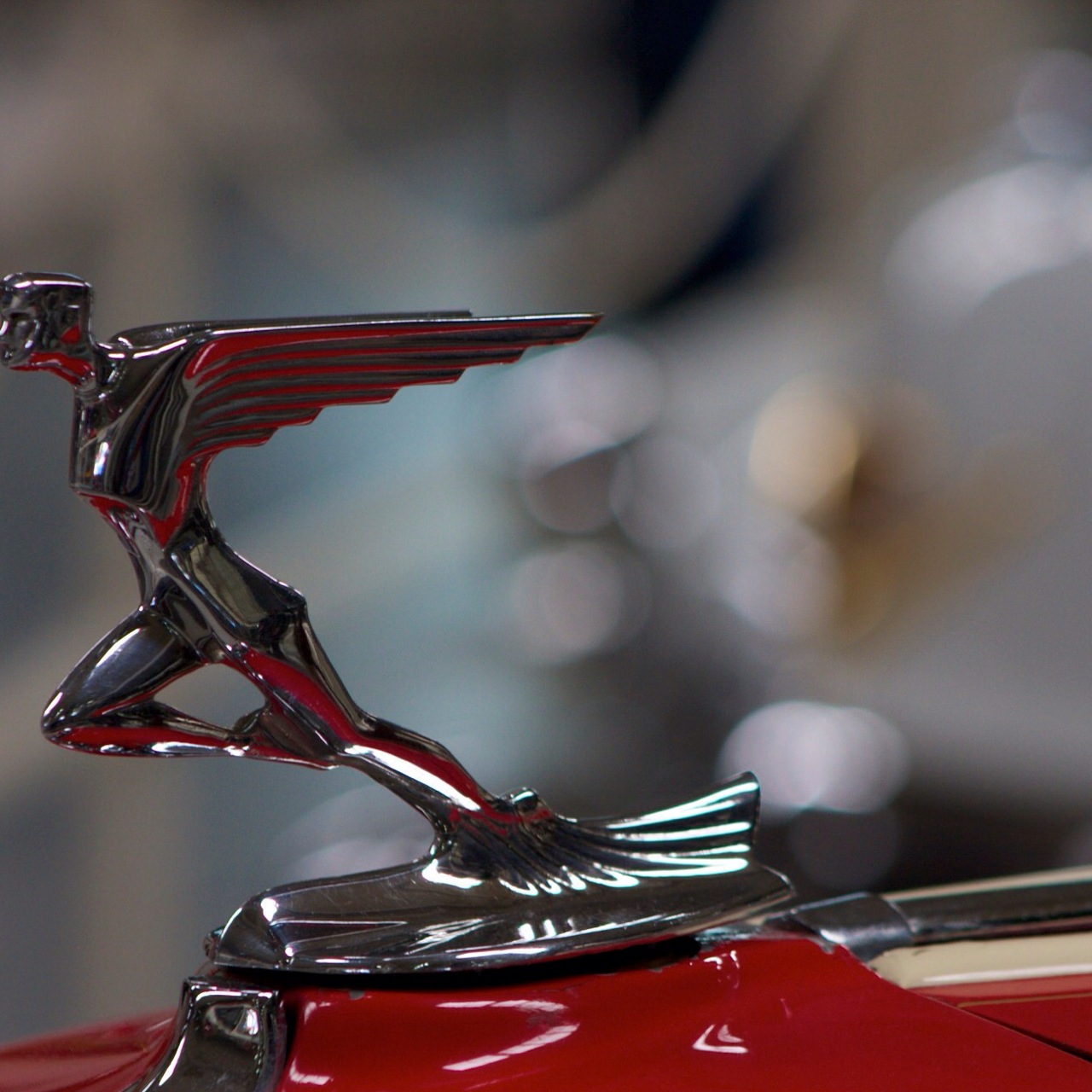
Erika Bird
Fruity, smoothe slightly dry — 5 years ago